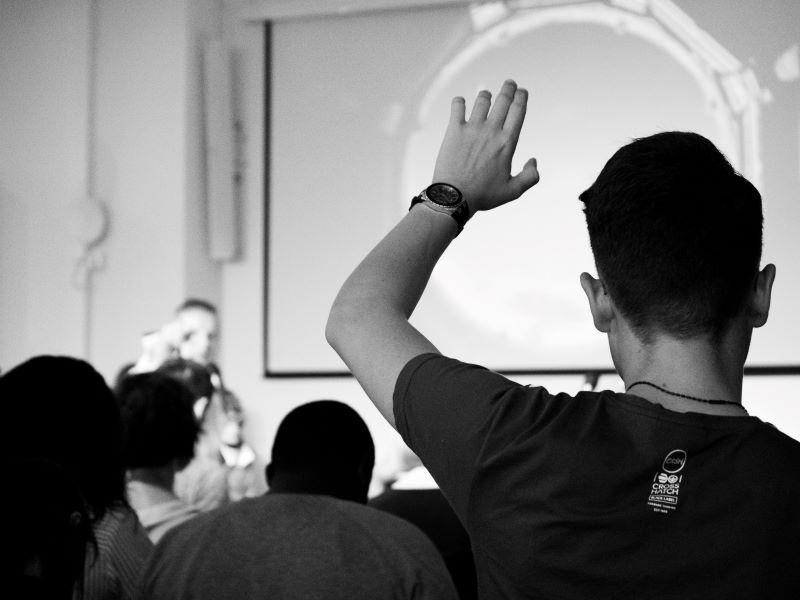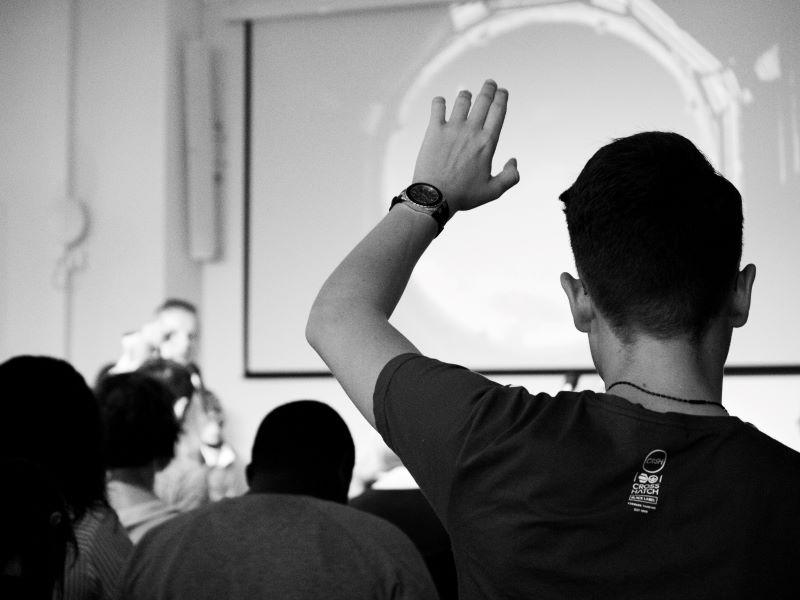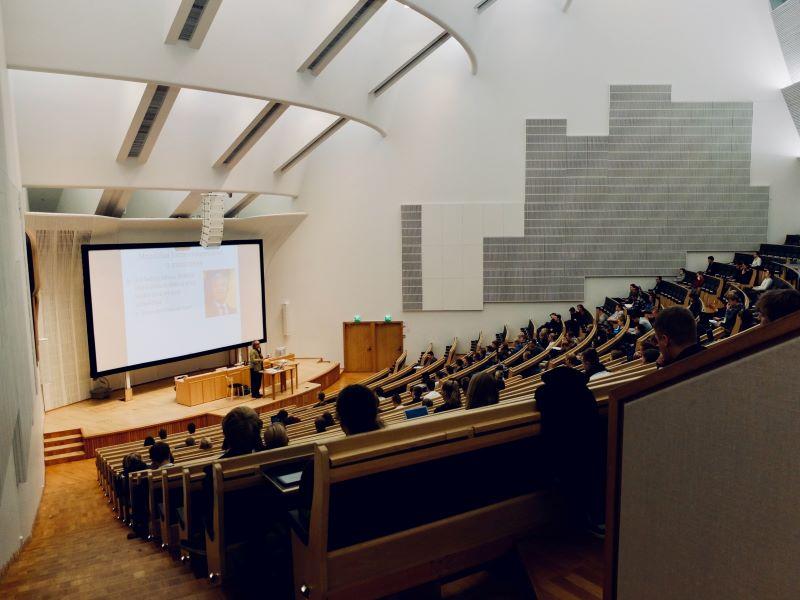Now that digital transformation is well under way, it is important to rethink and revamp our physical learning landscape.
A critical puzzle likely to define the trajectory of education in years to come is when and in what conditions summoning students and their professors under the same roof actually makes sense? Or, put differently, what are the kinds of interactions that are critical in education that one cannot have alone, online or independent of location? Answers to these questions are particularly relevant for designing hybrid or blended learning experiences that need to meaningfully bring together physical and virtual spaces and methods.
Combining insights from 130 interviews conducted within the framework of the EU-funded VISION project and first-hand observations of CERN’s CBI programme, I identified with my research colleagues certain ongoing shifts in the educational landscape that offer favourable circumstances for instructors and university managers for “building back better”. These shifts push against the pillars of higher education designed around lectures towards more immersive, experiential and challenge-based learning.
Here are five shifts and the opportunities they present for adapting and reinstating the in-person and physical elements of learning:
1. From traditional classrooms and lecture halls to flexible spaces and the real world
In a similar way to how digital transformation has led to a reimagination of the library, it is critical to rethink the spaces designed for students to sit still and listen to a professor transmitting information.
-
Turn some lecture halls into open and flexible learning environments. These spaces have proven to increase collegiality and creativity.
-
Take your students for a walk. There is no time like the present to return to older peripatetic learning paradigms where students learn through experience, walking and talking in city streets or natural landscapes.
2. From disciplinary-centred knowledge transmission to challenge-based learning
There is an increase in the volume and sense of urgency for higher education institutions to increase their impact and relevance. As a result, academic institutions are now trying to contribute to grand challenges and sustainable development goals, many of which do not respect disciplinary boundaries.
-
Incorporate real-life challenges into your work. Our research shows that learning through specific projects that address palpable and meaningful challenges increases motivation, sense of responsibility and better prepares students for life and work.
-
Employ ethnographic methods. Participant observation and in-person interactions are particularly effective for generating information and effectively embedding students in a particular setting.
3. From learning alone to learning collaboratively
Problem-based learning and challenge-driven innovation require collaboration among students from different disciplinary backgrounds. Although there are many online teamwork tools, nothing is more effective than dynamic face-to-face human interactions for fostering community and co-creation.
-
Create assignments that require teamwork. Collaboration generates collective knowledge and the kinds of interpersonal skills most valued in the workforce, such as persuasion, adaptability and emotional intelligence.
4. From writing papers and taking exams to making and building prototypes
The MIT seal and motto mens et manus or “mind and hand”, featuring a craftsman and a scholar side-by-side, neatly captures a feature of learning that must be underscored: intertwining knowledge and practice, words and things made.
-
Embrace the maker movement in education. Incorporating elements of hands-on learning through making physical objects has proven to be an effective way of learning, and building rough and rapid prototypes is particularly important for creativity and innovation.
5. From lecturers to coaches and learning facilitators
Covid-19 has accelerated the death of the tenure track and further darkened the future of the academic workforce. It is particularly timely, therefore, to rethink the roles and future trajectories of university professors and ask how their roles might be reimagined, or the new kinds of learning professionals needed.
-
Reskill yourself. Our research has highlighted the following emergent set of skills that are becoming increasingly more valuable for higher education teaching staff than delivering traditional lectures (these can be done through videos or robots after all): coaching, facilitation, content curation and learning experience design.
These five shifts are undoubtedly interconnected and help move the conversation about education away from machines and virtual spaces to humans in the physical world. Indeed, as the learning landscape is shifting, ground has become more fertile for nurturing a more impactful, relevant, and human-centered learning environment.
The research informing this article has been supported by the EU Erasmus+ Knowledge Alliance Project VISION (612537-EPP-1- 2019-1-SI-EPPKA2-KA; vision-project.org).
Kyriaki Papageorgiou is director of research at Fusion Point, Esade Business & Law School.




comment